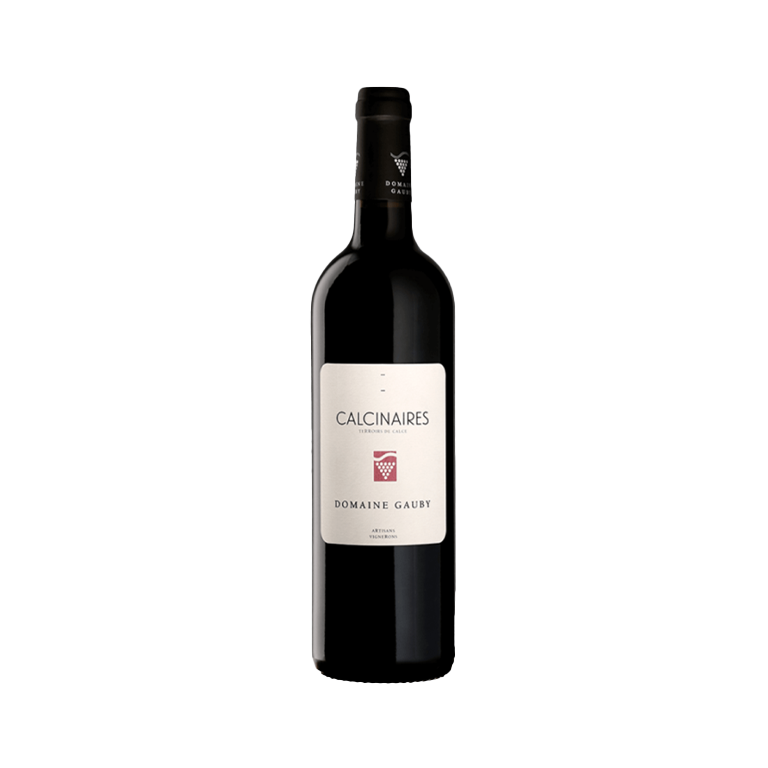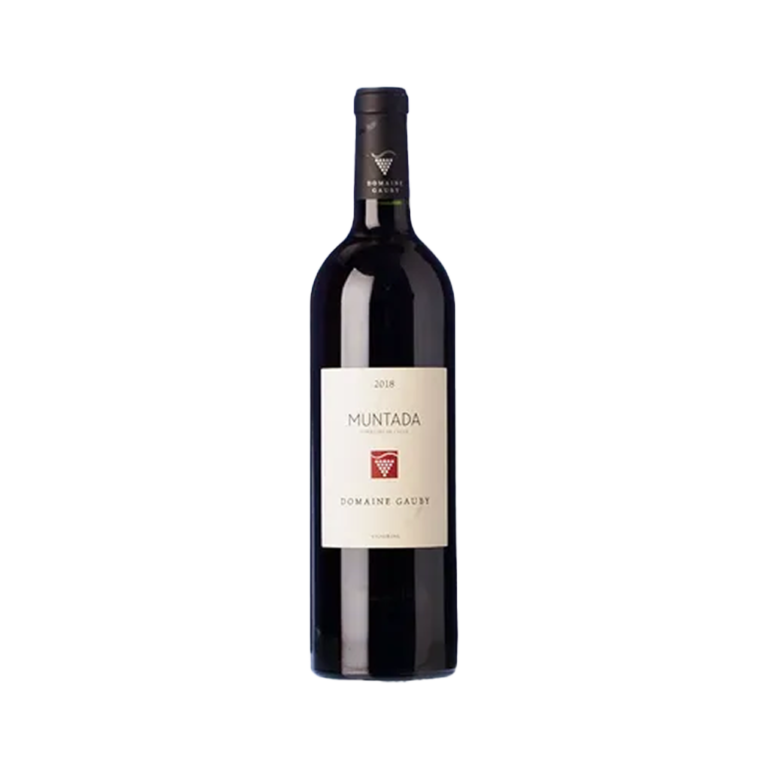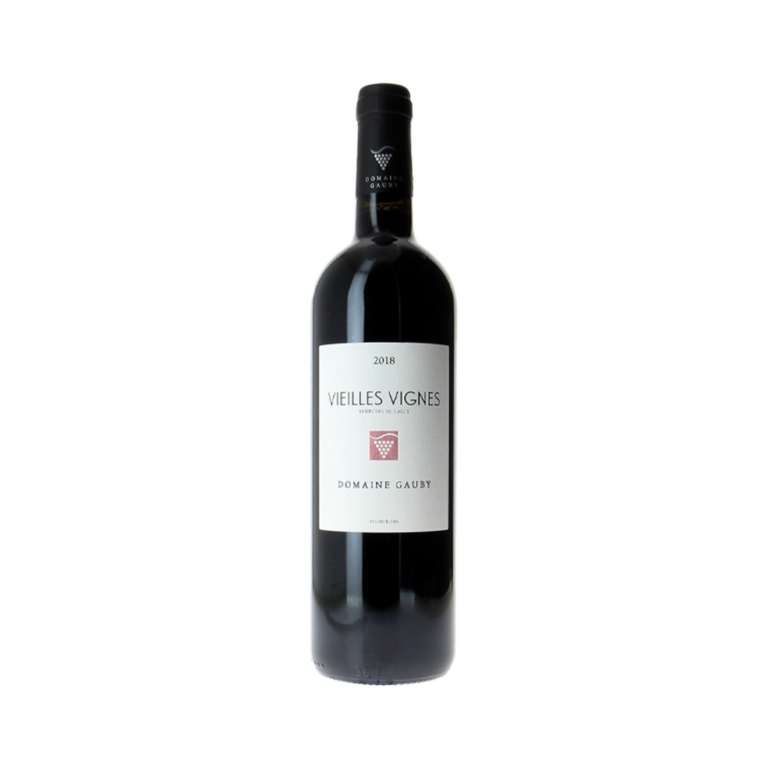The Domaine Gauby has belonged for many years to the circle of large estates of Roussillon and Languedoc in general. Although the estate has existed for many years, its highly qualitative reputation is due to Gérard Gauby, who in 1985 took over the family estate to age and bottle his own wines (previously the wines were sold to the cooperative). It highlights the terroirs of Calce, a village north of Perpignan, on the Mediterranean Sea.
An impressive work is carried out in the vineyard, biodynamics pegged to the body, worked and controlled grassing of the soil (chalk and active limestone). Gérard and his son Lionel strive to deliver pure, airy wines on fine tannins. The use of sulphur is reduced to a minimum and the farms are very little marked by wood. In addition, a great diversity of grape varieties and many experiments in containers are used: Grenache, Mourvèdre, Syrah, Cabernet Sauvignon and Carignan for the reds, Marsanne, Grenache Blanc, Viognier and Chenin Blanc for the whites… A living garden that is constantly renewed in the service of wines!
Agroforestry according to Domaine Gauby
Although Gérard Gauby recalls that he is not a biologist, it must be said that the idea with agroforestry is to work on life through mycorrhiza (the symbiotic association between a fungus and a plant) to get closer to the composition of a soil that can be found in the forest.
This allows them to be much more effective in periods of drought, when the vine will not suffer from water stress.
“The symbiosis between all the plants will allow the vines to have a better diet as some trees can dive very deep. This is the case of the selected essence, the carob tree (ceratonia siliqua), believed to be an archaic remnant of a part of this family now considered extinct. It grows well in warm temperate and subtropical areas, and tolerates hot and humid coastal areas. As a xerophyte (drought-resistant species), carob is well adapted to the conditions of the Mediterranean region with just 250 to 500 millimeters (10 to 20 in) of rainfall per year. (More info on https://en.wikipedia.org/wiki/Carob & https://dynamic.cirad.fr/en). It will also increase the natural defenses of the vines.
“The mycorrhiza multiplying the roots by 100 or even by 1000, we gain in minerality; it is the main and measurable impact of this tillage that is reflected in the characteristics of the wines. We gain in minerality, freshness, length, even depth, on wines from very old vines” explained us the winemaker.



